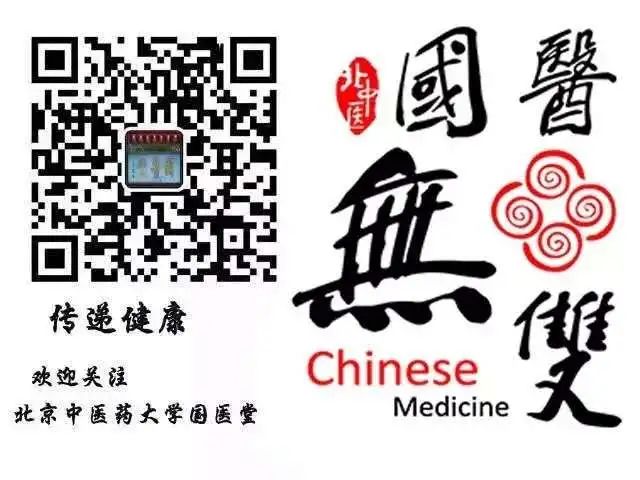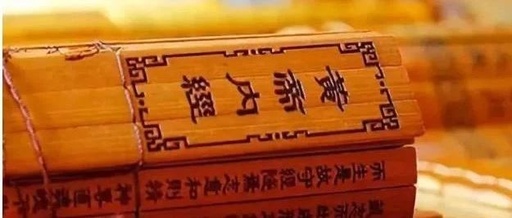The Huangdi Neijing (Yellow Emperor’s Inner Canon) not only provides a comprehensive understanding of the formation and characteristics of human body constitutions but also explores the phenomenon of differences in body constitutions. The physicians of the Huangdi Neijing era classified human constitutions into various types based on observations of physical appearance, color, body shape, demeanor, and spirit, employing the basic research methods of ‘knowing the interior from the exterior’ and ‘inferring the interior from the exterior’. This classification was based on the theories of Yin-Yang and the Five Elements, as well as different perspectives on human morphology, structure, and psychological characteristics.
Classification of Body Types According to Yin-Yang Theory
In the Ling Shu (Miraculous Pivot) chapter on acupuncture, body constitutions are classified into four types: ‘heavy Yang person’ (重阳之人), ‘some Yin’ (颇有阴), ‘more Yin and less Yang’ (多阴而少阳), and ‘balanced Yin and Yang’ (阴阳和调), based on the variations in the strength of Yin-Yang Qi and the different responses of individuals to acupuncture. In the Ling Shu chapter on ‘Communicating with Heaven’, five types are identified based on the quantity of Yin and Yang, combined with individual behavioral expressions, psychological characteristics, and physiological functions: ‘Taiyin person’ (太阴之人) with more Yin and no Yang, ‘Shaoyin person’ (少阴之人) with more Yin and less Yang, ‘Taiyang person’ (太阳之人) with more Yang and less Yin, ‘Shaoyang person’ (少阳之人) with more Yang and less Yin, and ‘Yin-Yang harmonious person’ (阴阳和平之人) with balanced Yin and Yang. It is noted that ‘the five types of people have different states, and their muscles, bones, Qi, and blood are not the same’. The differences among these five body types in terms of morphology, function, psychology, and adaptability to the external environment reveal certain essential characteristics of human life phenomena.
Classification of Body Types According to the Five Elements Theory
The classification of body types based on the attributes of the Five Elements is primarily found in the Ling Shu chapter on ‘Twenty-Five People of Yin and Yang’, which is the most systematic and comprehensive classification method in the Huangdi Neijing. This chapter utilizes the Yin-Yang and Five Elements theories to classify individuals into five basic body types: ‘Wood’ (木), ‘Fire’ (火), ‘Earth’ (土), ‘Metal’ (金), and ‘Water’ (水), based on characteristics such as skin color, morphological features, physiological functions, behavioral habits, psychological traits, adaptability to the environment, and susceptibility to certain diseases. Furthermore, this chapter combines the Five Elements classification with the Five Sounds (角, 徵, 宫, 商, 羽) and, based on the differences in the quantity of Yin-Yang attributes and the characteristics of the three Yang meridians in the hands and feet, further divides each of the five types into five subtypes, resulting in a total of twenty-five body types, referred to as ‘Twenty-Five People of Yin and Yang’.
Classification of Body Types Based on Morphological and Functional Characteristics
The strength and weakness of the body, as well as body weight, are important external manifestations of differences in body constitution, and different morphological characteristics inevitably accompany variations in physiological functions. In the Ling Shu chapter on ‘Fat and Thin’, body types are classified into three types: ‘fat person’ (肥人), ‘thin person’ (瘦人), and ‘normal person’ (常人), based on body shape and age. The normal person is further classified into different types based on specific characteristics, such as ‘upright and robust’ (端正敦厚者), ‘strong and true-boned’ (壮士真骨者), and ‘infant’ (婴儿). In the Ling Shu chapter on ‘Abnormal Qi’, obese individuals are further divided into three types: ‘fat’ (膏), ‘flesh’ (肉), and ‘lipid’ (脂), based on skin texture and subcutaneous muscle characteristics, indicating that these three types of individuals have different structural characteristics, Qi and blood levels, and temperature characteristics.
Classification of Body Types Based on Psychological Characteristics
In the Ling Shu chapter on ‘Courage’, body constitutions are classified into two types: ‘brave’ (勇) and ‘timid’ (怯), based on typical differences in personality and psychological traits, discussing the differences in external characteristics, psychological traits, and the morphological structure of internal organs between ‘brave’ and ‘timid’ individuals. Additionally, in the Suwen (Plain Questions) chapter on ‘Blood and Qi’, body constitutions are classified into five types based on psychological characteristics, referred to as the ‘Five Shapes of Spirit’: ‘joyful shape and joyful spirit’ (形乐志乐), ‘sorrowful shape and joyful spirit’ (形苦志乐), ‘sorrowful shape and sorrowful spirit’ (形苦志苦), ‘joyful shape and sorrowful spirit’ (形乐志苦), and ‘anxious shape and fearful spirit’ (形数惊恐).
The understanding of the factors and classifications of body constitutions in the Huangdi Neijing illustrates the existence of individual differences and provides a basis for implementing personalized medical care and health rehabilitation by discussing the physiological and psychological characteristics of different body types.
References: Wang Qi. Chinese Medicine Constitution Theory 2008 [M]. Beijing: People’s Health Publishing House
Copywriter: Tao Tao Bu Jue Xiao
Editor: Li Yuan


